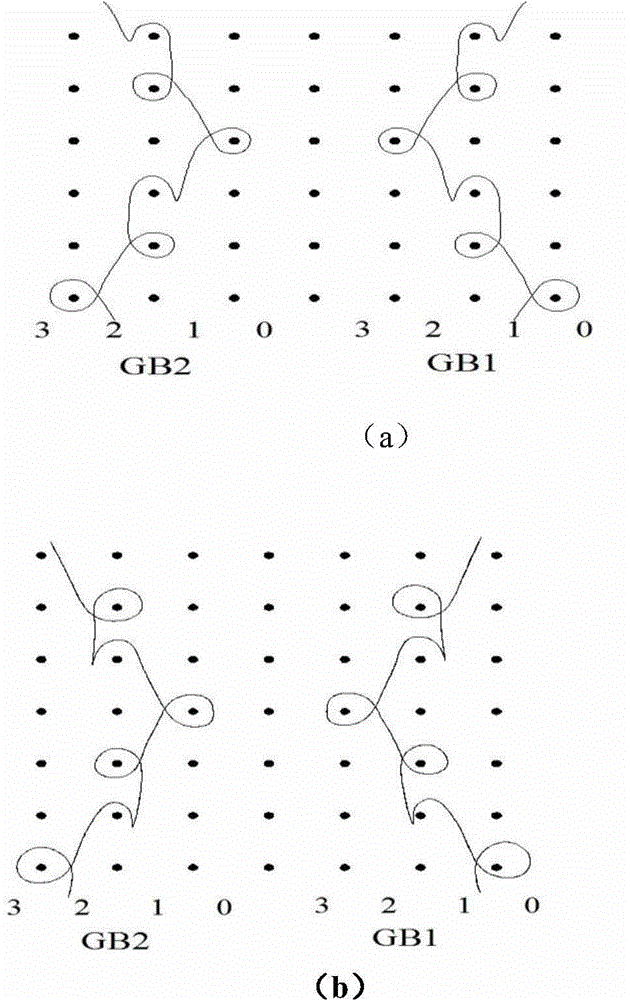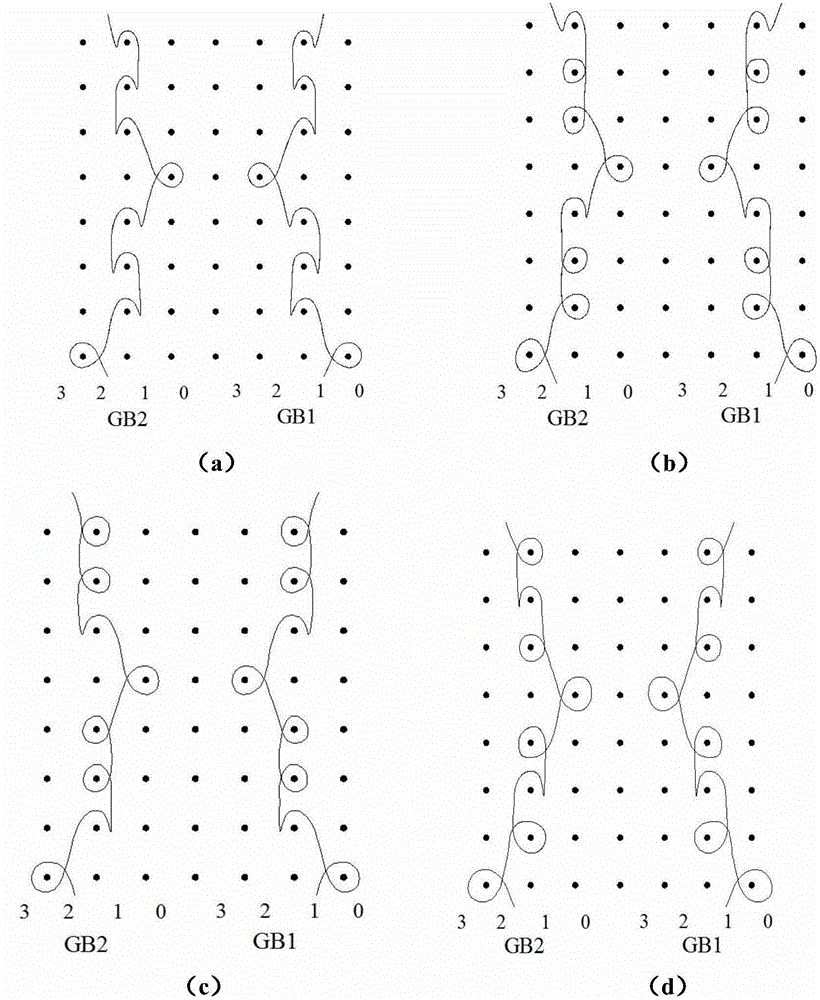Large-pore light hernia repair mesh and knitting method thereof
A light-weight hernia and patch technology, applied in medical science, prosthesis, etc., can solve problems such as foreign body reaction, limited abdominal wall movement, and surgical stiffness, and achieve the goals of reducing chronic pain in the abdominal wall, strong anti-infection ability, and improving comfort Effect
- Summary
- Abstract
- Description
- Claims
- Application Information
AI Technical Summary
Problems solved by technology
Method used
Image
Examples
Embodiment 1
[0044] 1. Selection of raw materials for macroporous light non-absorbable hernia repair patch
[0045] Medical PP, PET, PVDF, and PTFE are all non-absorbable materials with good mechanical and biocompatibility. Among them, medical PP and PET hernia repair patches are generally used for placement outside the abdominal cavity, and are currently the most widely used patch types. PTFE and PVDF are inert materials, and compared with the same type of PP and PET patches, they can reduce the adhesion between the intestine and the mesh in the body. Non-absorbable mesh can also be combined with anti-adhesion material or absorbable material to form a composite patch that can be placed in the abdominal cavity.
[0046] In this embodiment, medical polypropylene monofilament is selected as a raw material, and its properties are shown in Table 1.
[0047] Table 1 Material selection and performance
[0048] Raw material type
diameter (mm)
Breaking strength (g / d)
Elongat...
Embodiment 2
[0071] 1. Selection of raw materials for macroporous light non-absorbable hernia repair patch
[0072] In this embodiment, medical polypropylene monofilament is selected as the raw material, and the properties of the raw material are shown in Table 5.
[0073] Table 5 Material selection and performance
[0074] Raw material type
diameter (mm)
Breaking strength (g / d)
Elongation at break (%)
PP monofilament
0.2
5.8
30
[0075] 2. Warping process
[0076] This embodiment adopts section warping, that is, all required monofilament raw materials are divided into several sections and wound into narrow section warp beams, and then the section warp beams are assembled into warp beams on the warp knitting machine.
[0077] 3. Weaving process parameters of macroporous lightweight non-absorbable hernia repair patch
[0078] This macroporous lightweight non-absorbable hernia repair patch is woven through the warp knitting process in textile...
Embodiment 3
[0092] 1. Selection of raw materials for macroporous light non-absorbable hernia repair patch
[0093] In this embodiment, medical polyvinylidene fluoride monofilament is selected as the raw material, and the properties of the raw material are shown in Table 8.
[0094] Table 8 Material selection and performance
[0095] Raw material type
diameter (mm)
Breaking strength (g / d)
Elongation at break (%)
PVDF monofilament
0.08
3.2
25
[0096] 2. Warping process
[0097] This embodiment adopts section warping, that is, all required monofilament raw materials are divided into several sections and wound into narrow section warp beams, and then the section warp beams are assembled into warp beams on the warp knitting machine.
[0098] 3. Weaving process parameters of macroporous lightweight non-absorbable hernia repair patch
[0099] This macroporous lightweight non-absorbable hernia repair patch is woven through the warp knitting proce...
PUM
| Property | Measurement | Unit |
|---|---|---|
| Aperture | aaaaa | aaaaa |
| Gram weight | aaaaa | aaaaa |
| Diameter | aaaaa | aaaaa |
Abstract
Description
Claims
Application Information
 Login to View More
Login to View More - R&D
- Intellectual Property
- Life Sciences
- Materials
- Tech Scout
- Unparalleled Data Quality
- Higher Quality Content
- 60% Fewer Hallucinations
Browse by: Latest US Patents, China's latest patents, Technical Efficacy Thesaurus, Application Domain, Technology Topic, Popular Technical Reports.
© 2025 PatSnap. All rights reserved.Legal|Privacy policy|Modern Slavery Act Transparency Statement|Sitemap|About US| Contact US: help@patsnap.com



